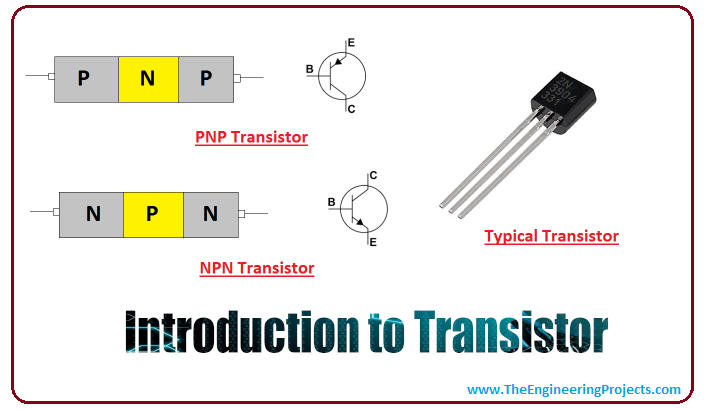

The same year, Hitachi introduced the LDMOS (lateral DMOS), a planar type of DMOS. John Moll's research team at HP Labs fabricated DMOS prototypes in 1977, and demonstrated advantages over the VMOS, including lower on-resistance and higher breakdown voltage. The VMOS and DMOS developed into what has become known as VDMOS (vertical DMOS). Siliconix commercially introduced a VMOS in 1975. JVC, Pioneer Corporation, Sony and Toshiba also began manufacturing amplifiers with power MOSFETs in 1974. In 1974, Jun-ichi Nishizawa at Tohoku University invented a power MOSFET for audio, which was soon manufactured by Yamaha Corporation for their high fidelity audio amplifiers. Hayashi and Toshihiro Sekigawa of the Electrotechnical Laboratory (ETL). The same year, the DMOS (double-diffused MOSFET) with self-aligned gate was first reported by Y. In 1969, Hitachi introduced the first vertical power MOSFET, which would later be known as the VMOS (V-groove MOSFET). Generations of MOSFETs enabled power designers to achieve performance and density levels not possible with bipolar transistors. It was a breakthrough in power electronics. The MOSFET was invented by Mohamed Atalla and Dawon Kahng at Bell Labs in 1959. See also: MOSFET, VMOS, LDMOS, and Insulated-gate bipolar transistor It can be found in a wide range of applications, such as most power supplies, DC-to-DC converters, low-voltage motor controllers, and many other applications. In particular, it is the most widely used low-voltage (less than 200 V) switch. The power MOSFET is the most common power semiconductor device in the world, due to its low gate drive power, fast switching speed, easy advanced paralleling capability, wide bandwidth, ruggedness, easy drive, simple biasing, ease of application, and ease of repair.

The power MOSFET, which is commonly used in power electronics, was adapted from the standard MOSFET and commercially introduced in the 1970s. The power MOSFET shares its operating principle with its low-power counterpart, the lateral MOSFET. The design of power MOSFETs was made possible by the evolution of MOSFET and CMOS technology, used for manufacturing integrated circuits since the 1960s. They can be subject to low gain, sometimes to a degree that the gate voltage needs to be higher than the voltage under control. It shares with the IGBT an isolated gate that makes it easy to drive. Compared to the other power semiconductor devices, such as an insulated-gate bipolar transistor (IGBT) or a thyristor, its main advantages are high switching speed and good efficiency at low voltages. Ī power MOSFET is a specific type of metal–oxide–semiconductor field-effect transistor (MOSFET) designed to handle significant power levels. The top metal tab is the drain, same as pin 2.

Pins from left to right are: gate (logic-level), drain, source. IRLZ24N Power MOSFET in a TO-220AB through-hole package. Each of these components can sustain a blocking voltage of 120 volts and a continuous current of 30 amperes with appropriate heatsinking. Two power MOSFETs in the surface-mount package D2PAK.


 0 kommentar(er)
0 kommentar(er)
